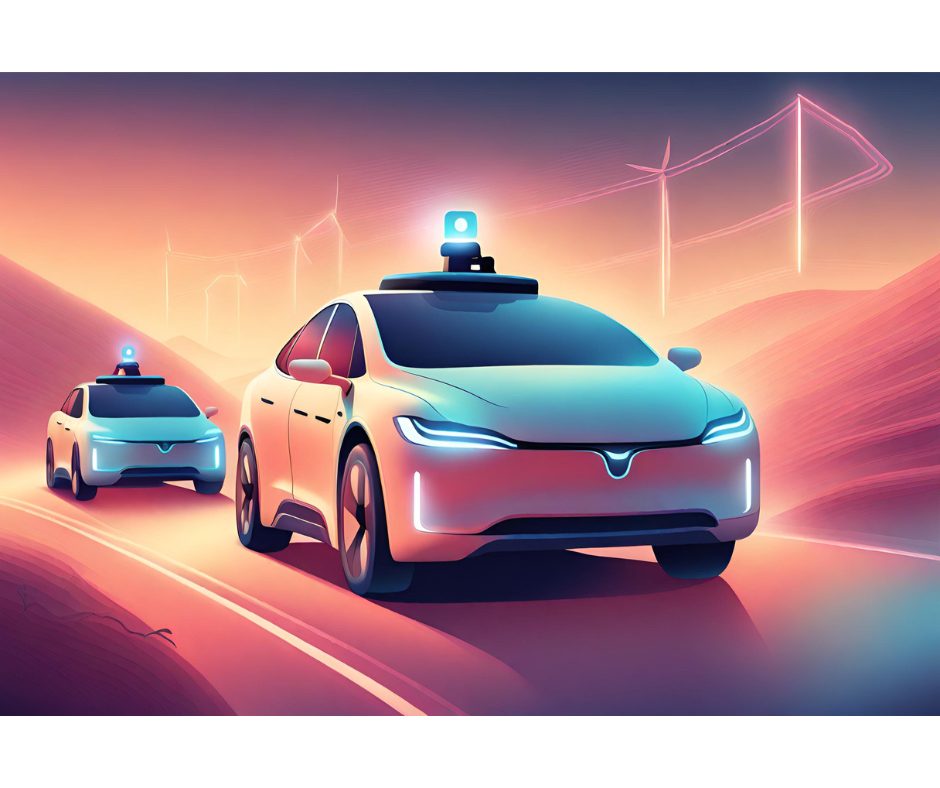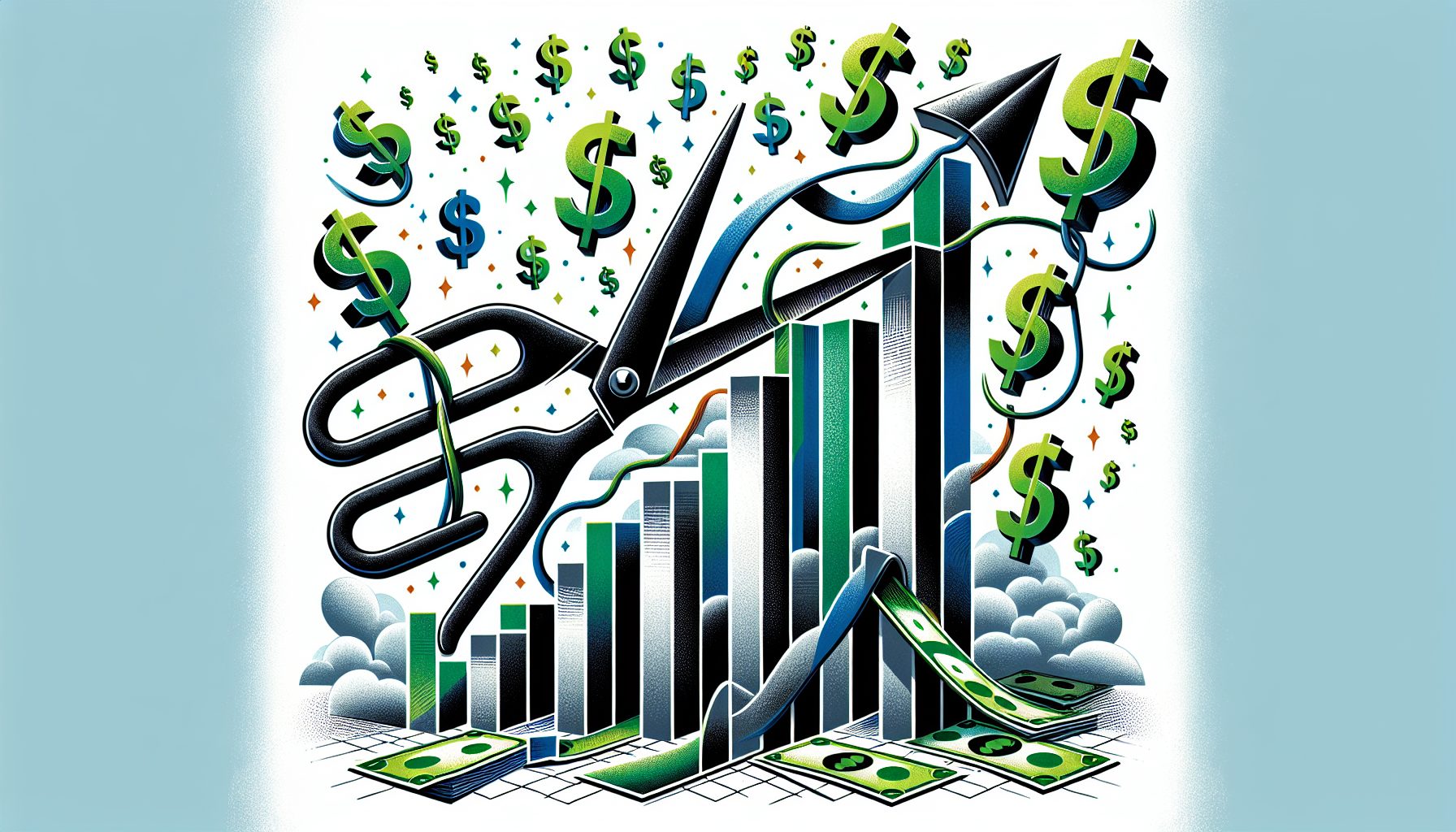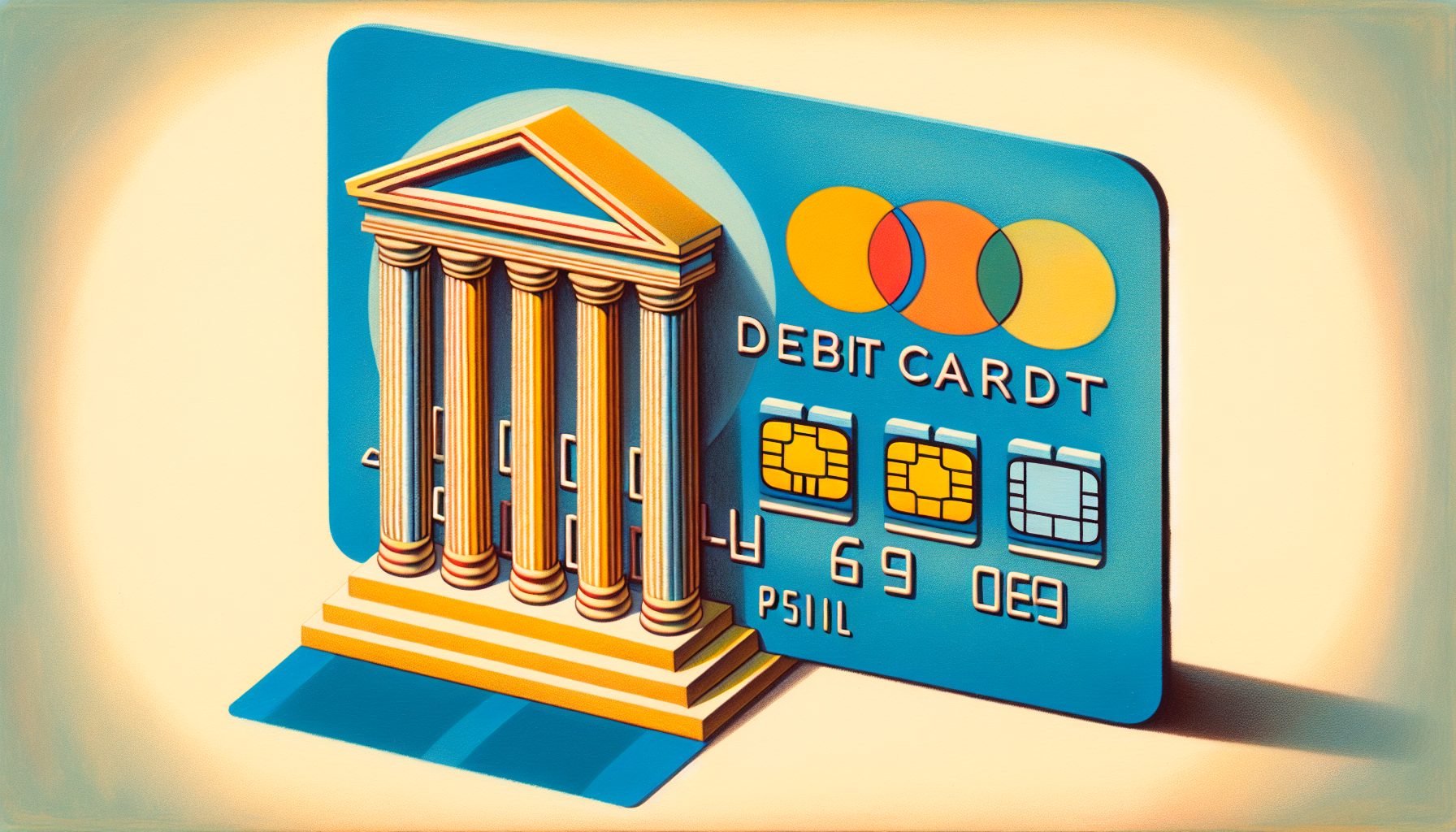As automation technology advances, self-driving cars are emerging as a transformative force in the automotive industry. These autonomous vehicles promise to increase efficiency and safety while reducing human error on the roads. However, their deployment brings forth complex ethical dilemmas. The core of these dilemmas lies in the decision-making algorithms that control the vehicles. These algorithms must be programmed to handle situations where moral judgment is required, often reflecting deeply philosophical questions about value and harm.
The ethical quandaries associated with self-driving cars extend beyond the programming of individual vehicles. They touch on broader societal implications, including the potential displacement of jobs, privacy concerns, and the legal framework necessary to govern liability and responsibility in the event of an accident. As these vehicles become more common, questions arise about how they should interact with human-driven cars, pedestrians, and the infrastructure at large.
Resolving these ethical issues is crucial for gaining public trust and ensuring that the benefits of autonomous driving can be realized. It requires a multidisciplinary approach involving not only engineers and technologists but also ethicists, legislators, and the public at large. Such collaboration is essential to establish guidelines and regulations that protect individuals’ rights and public welfare, laying the foundation for the ethical integration of self-driving cars into society.
Moral Imperatives and Decision-making in Automated Vehicles
Automated vehicles navigate complex moral terrain, steering through situations where algorithmic programming intersects with ethical decision-making. They must weigh outcomes premeditated by their design engineers.
Algorithmic Accountability and Bias
Algorithmic Accountability is a pressing concern in the realm of self-driving cars. These vehicles rely on algorithms to make decisions in split-second scenarios, often with life-altering consequences. It is paramount that these algorithms are designed to operate without bias—a challenging feat given that they are created by humans subject to unconscious preconceptions.
- Sources of bias can include:
- Skewed data sets used for machine learning
- Programming that inadvertently reflects creators’ biases
- Societal inequalities that may be perpetuated by technological solutions
A personal injury lawyer may scrutinize these algorithms when they are implicated in traffic incidents. They examine whether algorithms were designed and tested rigorously, seeking to establish accountability in cases where the software’s decision-making may be at fault.
The Trolley Problem Revisited
The trolley problem—a classic thought experiment in ethics—takes a tangible form in self-driving car scenarios. When an accident is imminent, should the vehicle prioritize the safety of its passengers, pedestrians, or both? Automakers are forced to confront this dilemma head-on.
- Decision-making Scenarios:
- Protect passengers at all costs: Does the vehicle swerve to avoid pedestrians, potentially harming the passengers?
- Minimize overall harm: Does the vehicle take an action that may harm the passengers but save a greater number of pedestrians?
A personal injury lawyer may argue about the moral imperatives behind these programmed decisions, emphasizing the need for automakers to consider the ethical weight of their programming choices. Balancing risk and protection remains a central debate as automated vehicles become commonplace on the roads.
Legal Implications and Liability
As self-driving cars become more prevalent, legal frameworks are evolving to address new challenges in insurance and liability, as well as the role of personal injury lawyers.
Insurance and Liability in Accidents
With the advent of autonomous vehicles, the traditional model of car insurance faces disruption. In a collision involving a self-driving car, assigning responsibility can be complex. Insurance coverage now needs to address both driver error and technological failure:
- Driver-Controlled Mode: The human driver’s insurance is often liable.
- Autonomous Mode: Liability may shift toward the manufacturer or developer of the autonomous technology.
Manufacturers could eventually bear more responsibility, leading to an increase in product liability policies. Furthermore, when software updates and remote vehicle control play roles in vehicle performance, the lines of liability blur, potentially implicating software providers and even third-party service vendors.
Role of Personal Injury Lawyers in Autonomous Car Incidents
Personal injury lawyers are adapting to the nuances of autonomous vehicle incidents. They now have to navigate through a mesh of product liability, negligence, and regulatory compliance. Key actions include:
- Investigating the Incident: Determining if the crash stemmed from a system malfunction, design flaw, or an external factor.
- Identifying Responsible Parties: A personal injury lawyer may explore various entities, such as the car manufacturer, software developer, or even the maintenance service provider, for liability.
Personal injury lawyers now regularly scrutinize data from vehicle’s on-board computers, navigation systems, or traffic management systems to support their cases. In doing so, they play an essential role in defining legal precedents surrounding self-driving technology.









